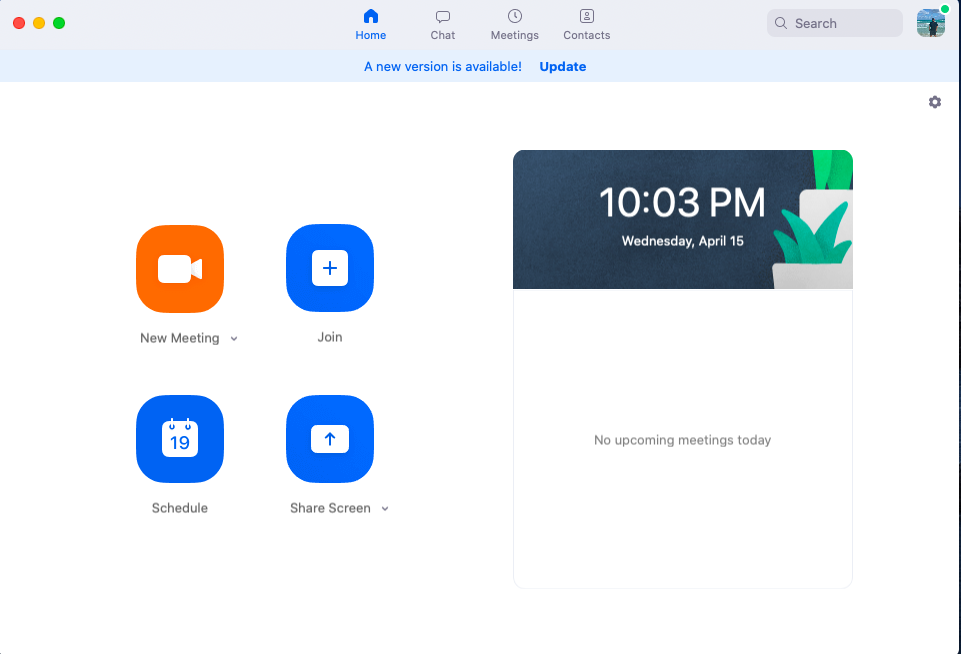The Virtual Campus is Good
But students will struggle
April 15, 2020
In the middle of March, the San Mateo County Community College District announced that the rest of the semester would transition into an online format through April 5th.
The changes in class formatting have impacted students across the district very differently. Some students have struggled with using the video conferencing software known as “Zoom” and navigating through platforms like Canvas.
This transition has been both easier for some and difficult for others. In the end, it is not the ideal situation for a learning environment.
Some professors have also struggled with using the new software and experience things like delayed share screening and lost connections due to internet outages.
Other professors have learned to adapt and are starting to use tools such as “breakout rooms” which students would possibly classify as a form of group work.
Some students have also been frustrated having to log in to a zoom call and attending class virtually as opposed to a traditional online class that does not require virtual meetings.
In protest, students sometimes turn off their webcams and mute themselves so that they appear to be in class. Other students simply do not have web cameras, use old faulty computers or feel discomfort in showing their faces.
In many cases, both students and instructors have expressed their frustrations with using software like Zoom to continue the classes. This frustration has evidently caused some students to want to drop their classes or request a pass/no pass grade.
The ideal situation would be to continue instruction but unfortunately, the circumstances involving COVID-19 and countrywide closure of schools have made it so that traditional instruction is impossible.
More recently San Mateo County Community College’s district gave an employee update through the emergency notification website utilized by SMCCCD.
In the announcement, Interim Chancellor Mike Claire wrote
“For the fall semester we are taking a “hope for the best, but prepare for the worst” approach. What this means is that we are preparing schedules assuming a return to face to face instruction. However, all of us need to be prepared to start the semester in a distance mode, or be prepared to switch to a distance mode at some point during the semester should a new shelter in place order be imposed.”
Many services have been available virtually to students which include things like, virtual emotional counseling, academic counseling and tutoring. There was even a virtual campus website that was set up for students to be able to access these services and more.
Where does this system fall short?
The simple fact that some students may have learning impairments and disabilities and rely on the classroom for the best learning experience. Students also may struggle with language barriers, reading barriers, lack of technology and internet access at home. These are unfortunate circumstances for some students.
Zoom classrooms are not ideal, but they are the best alternative right now. Unfortunately, it is not going to be ideal for all students in which case, it will be a struggle.
